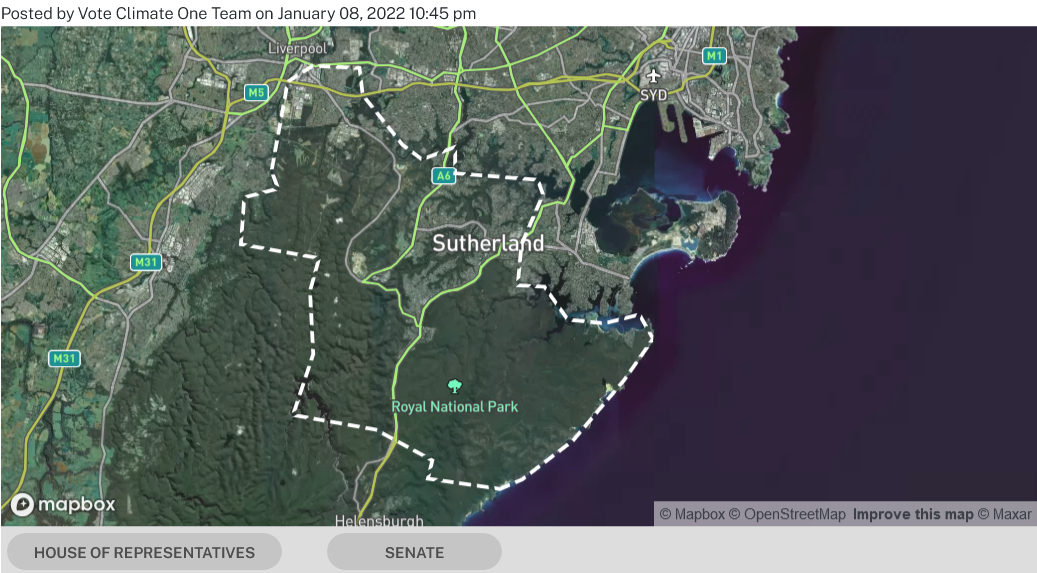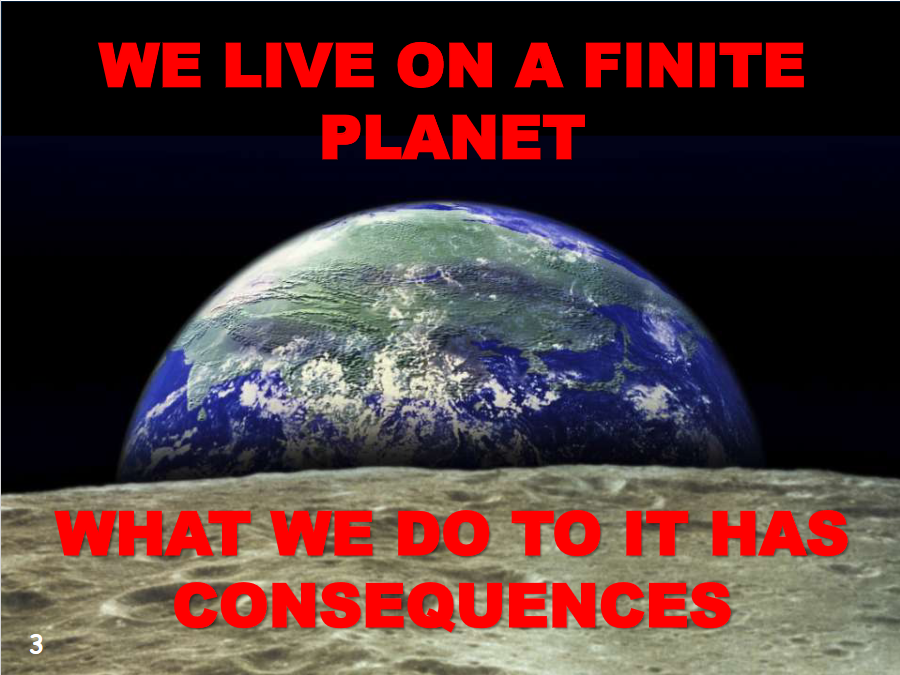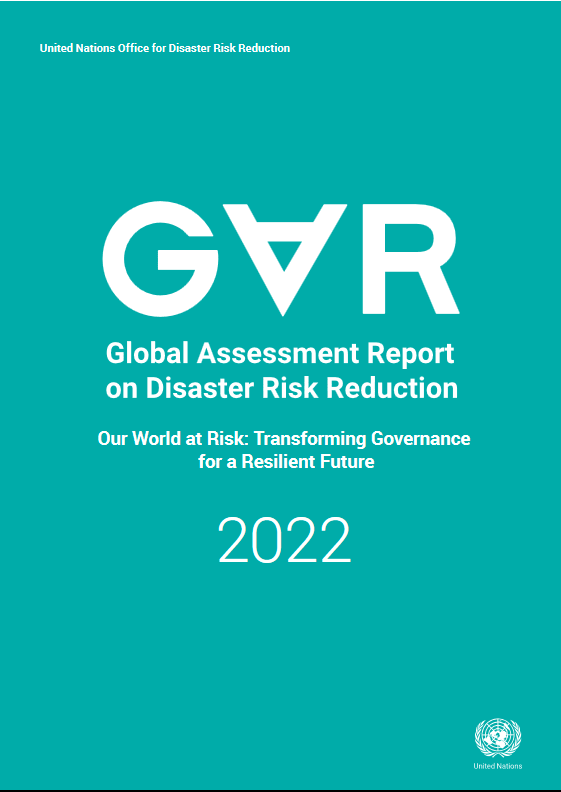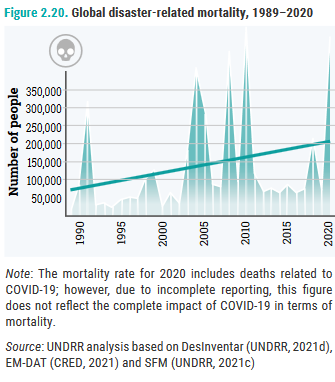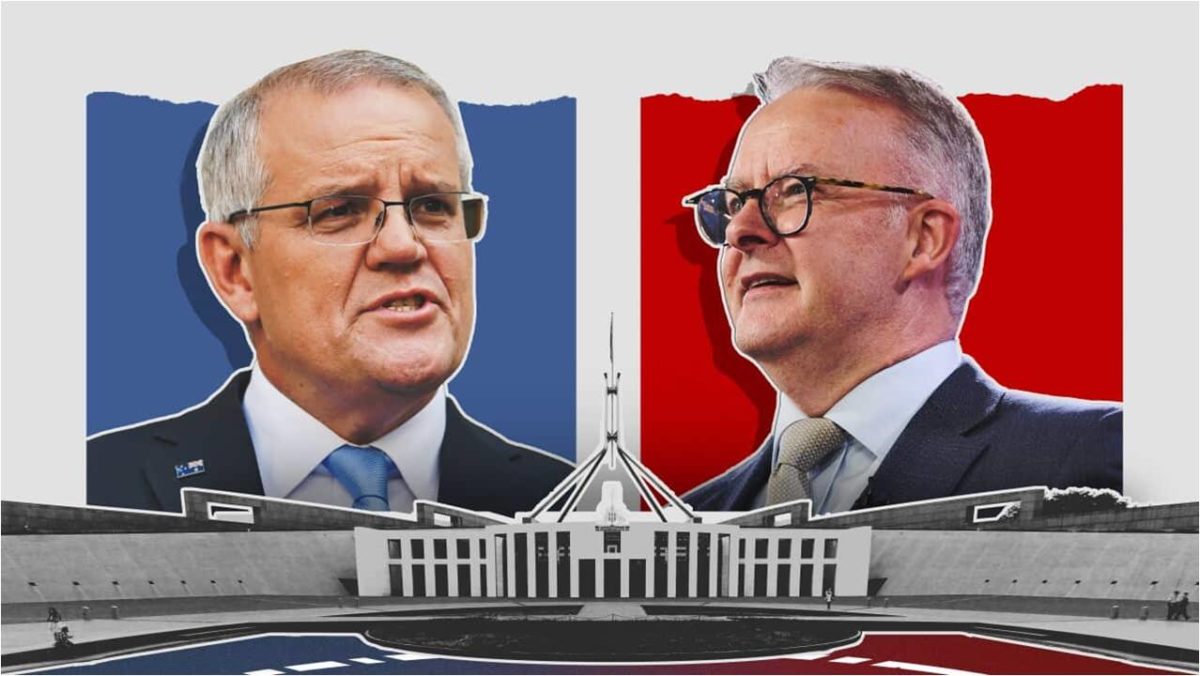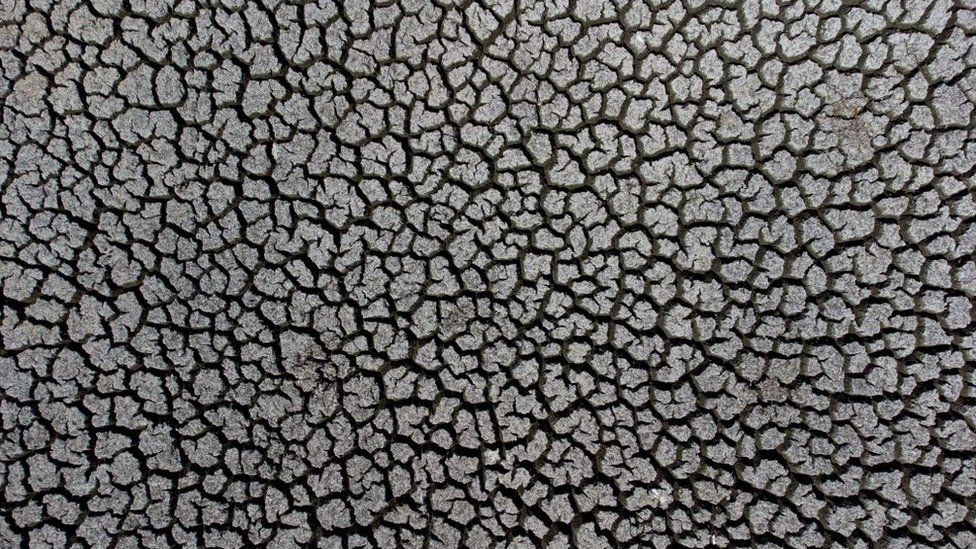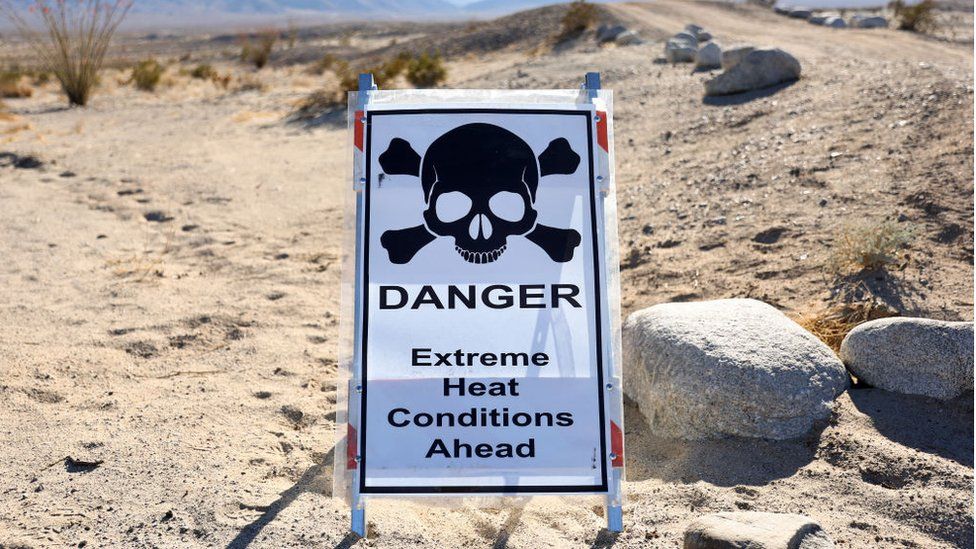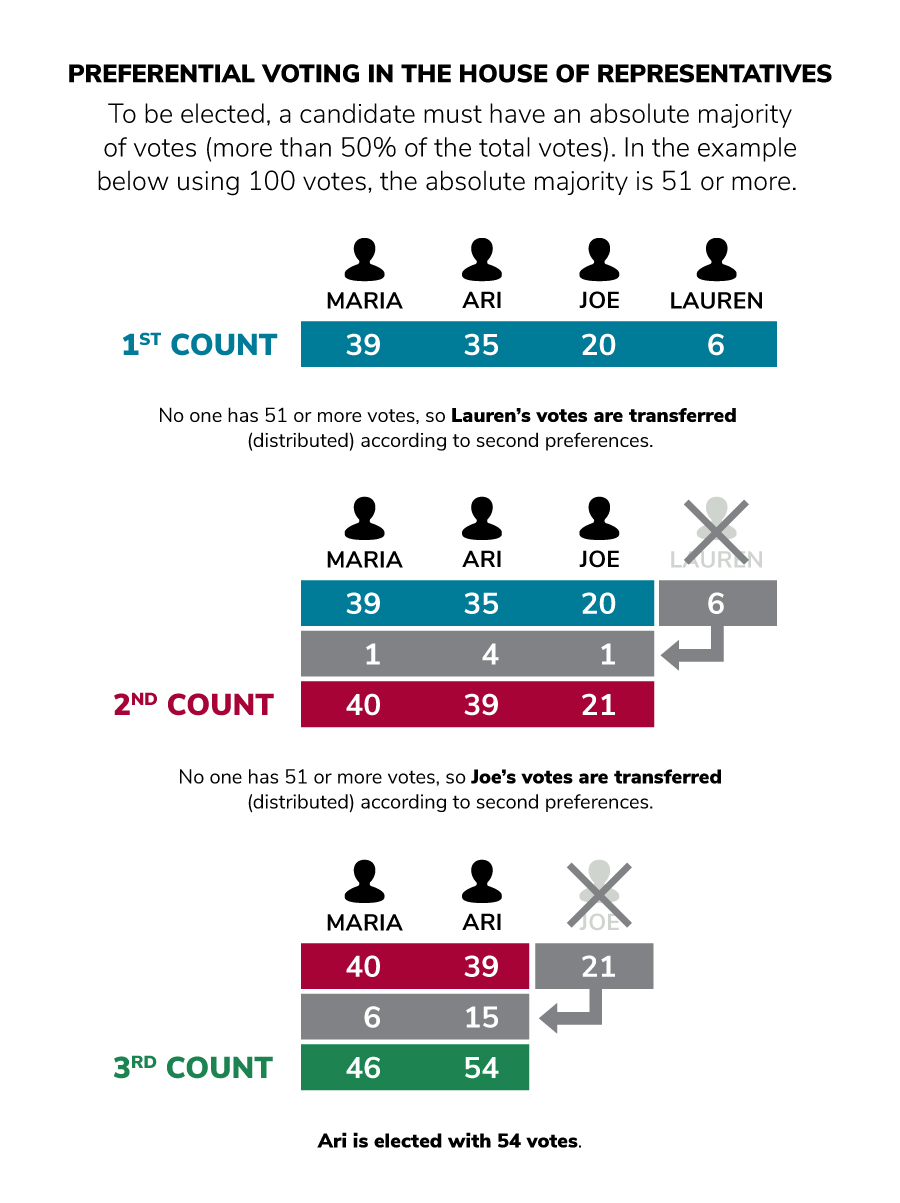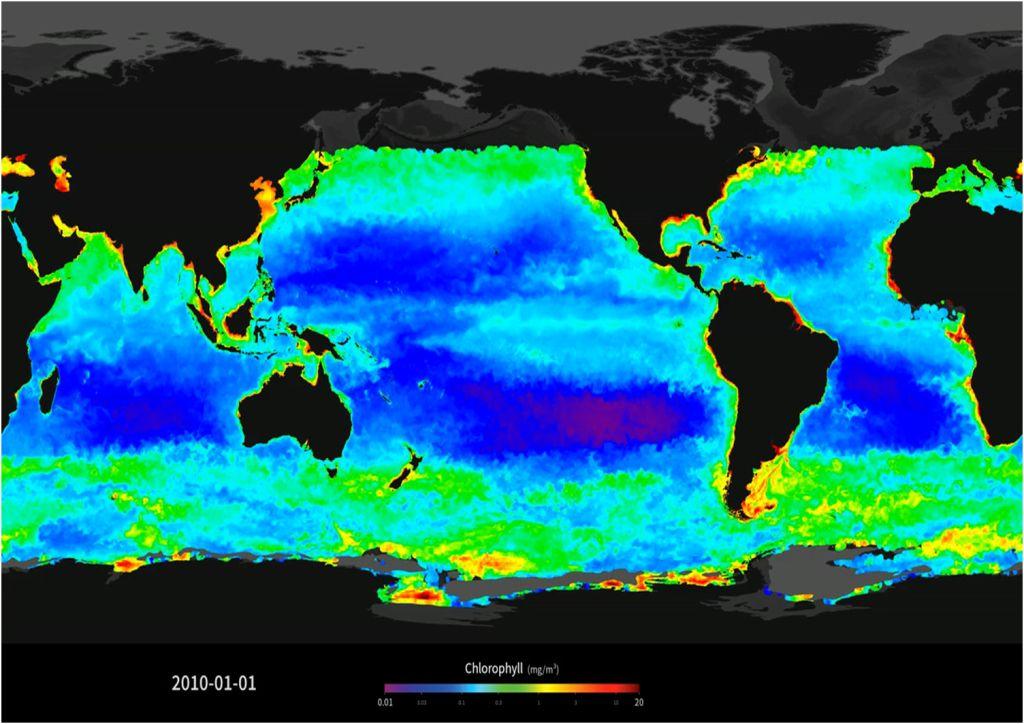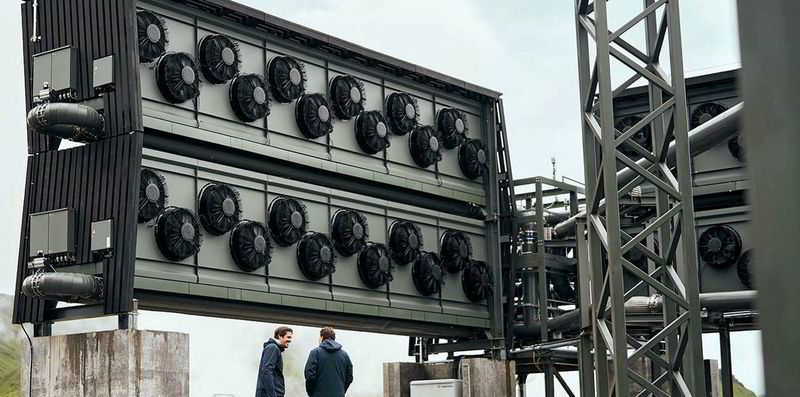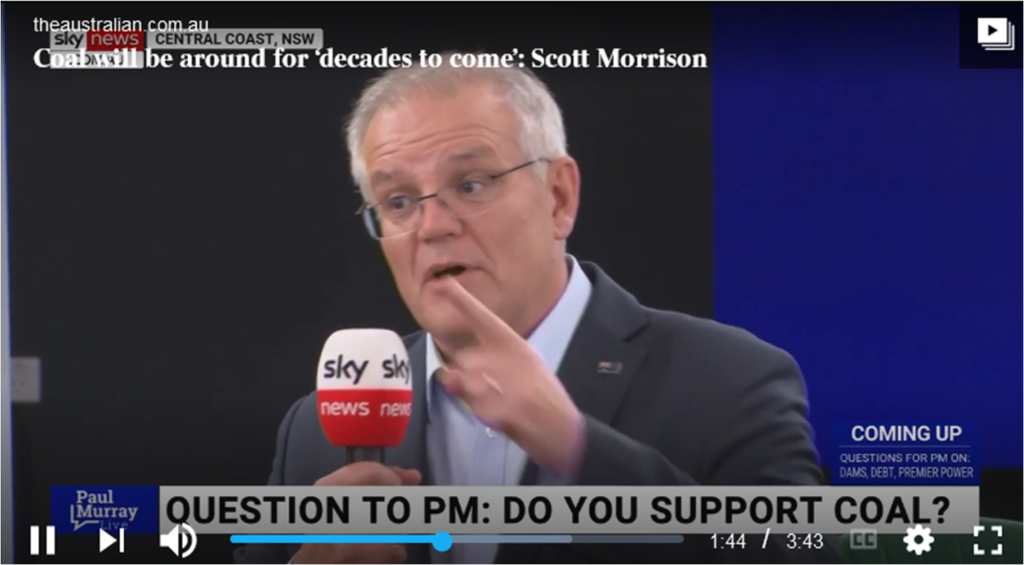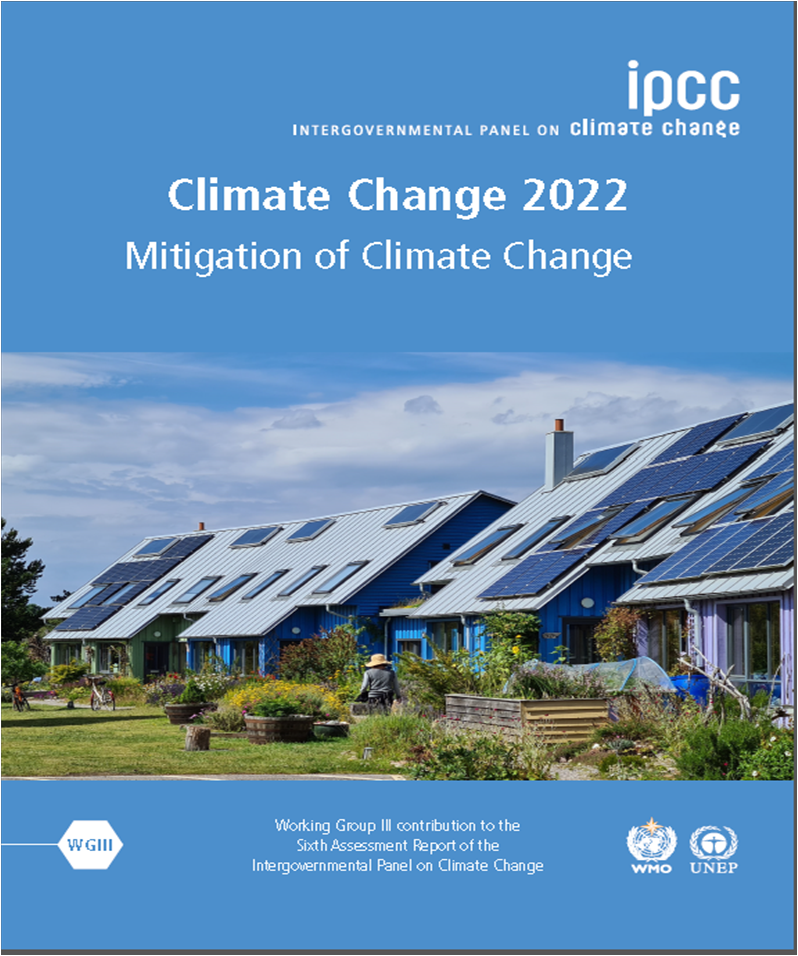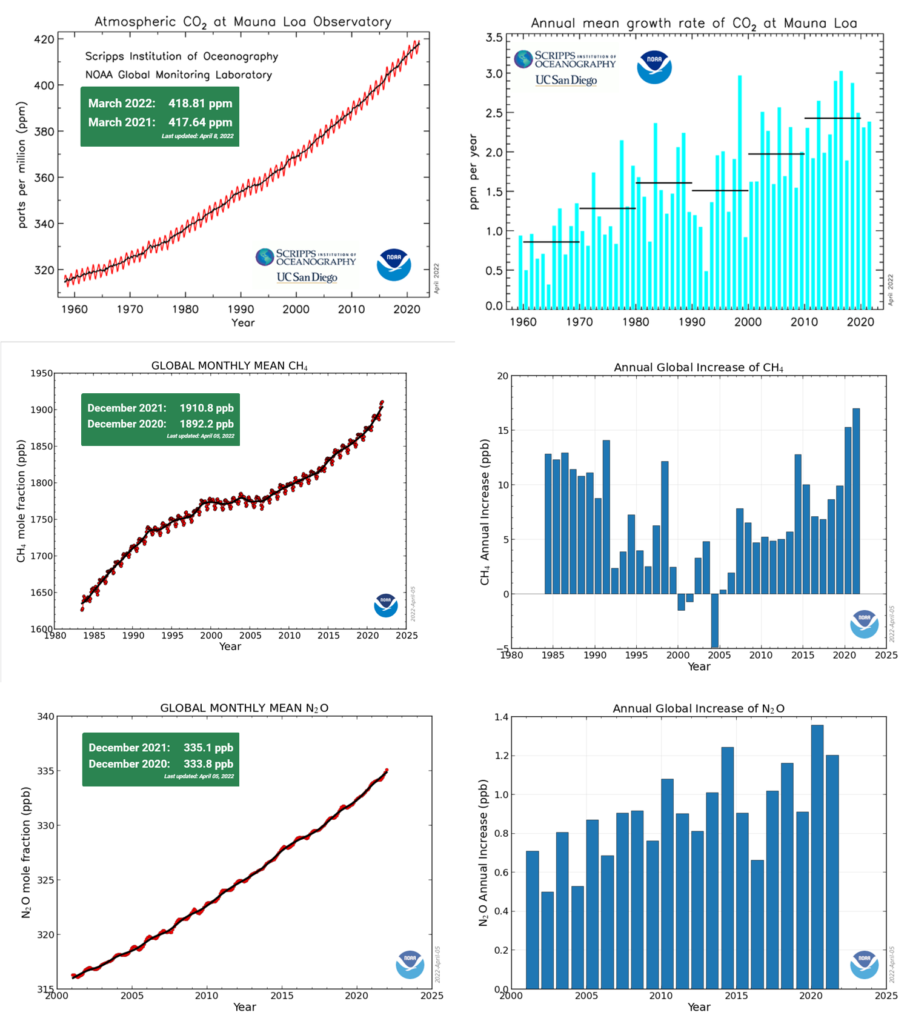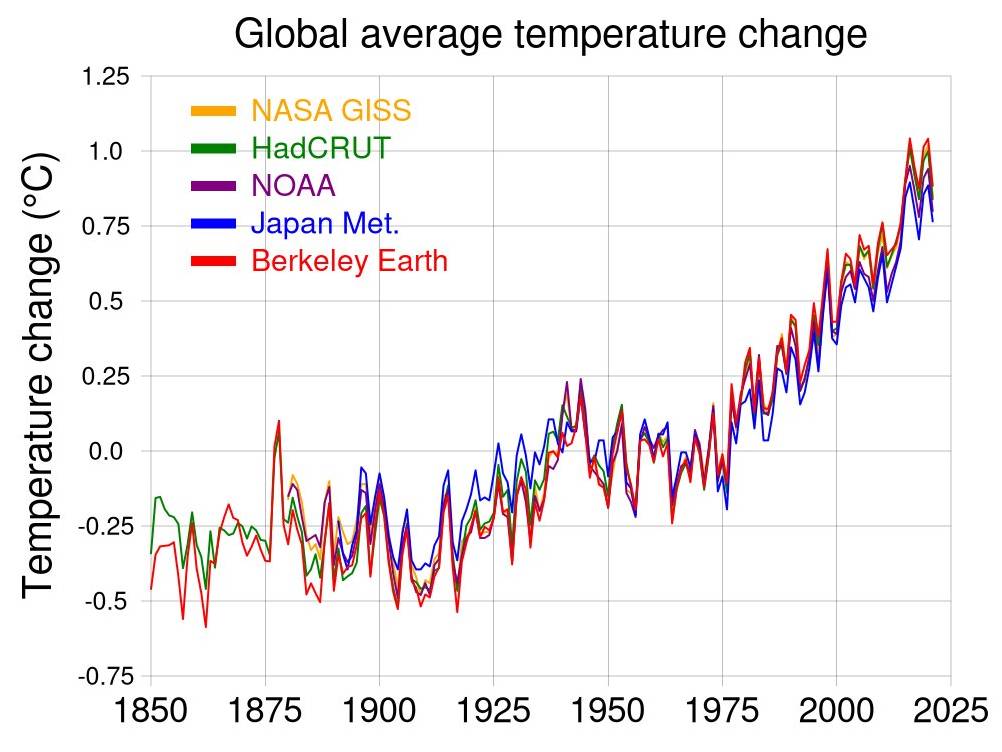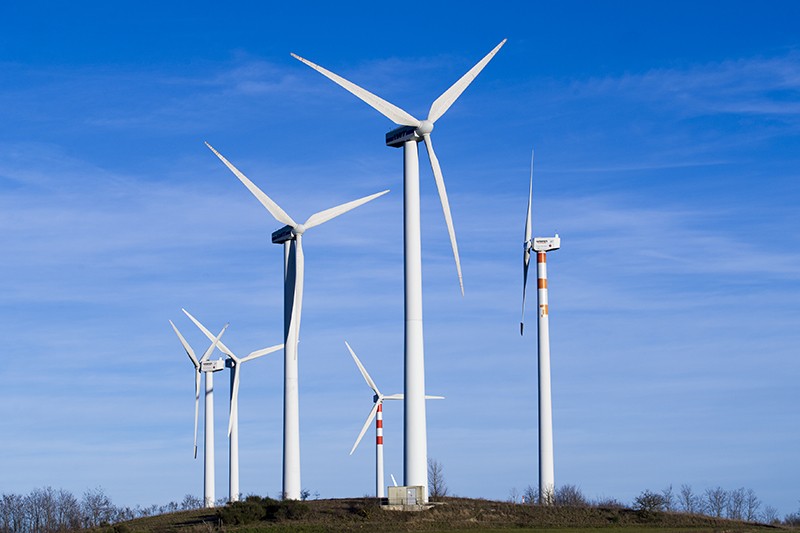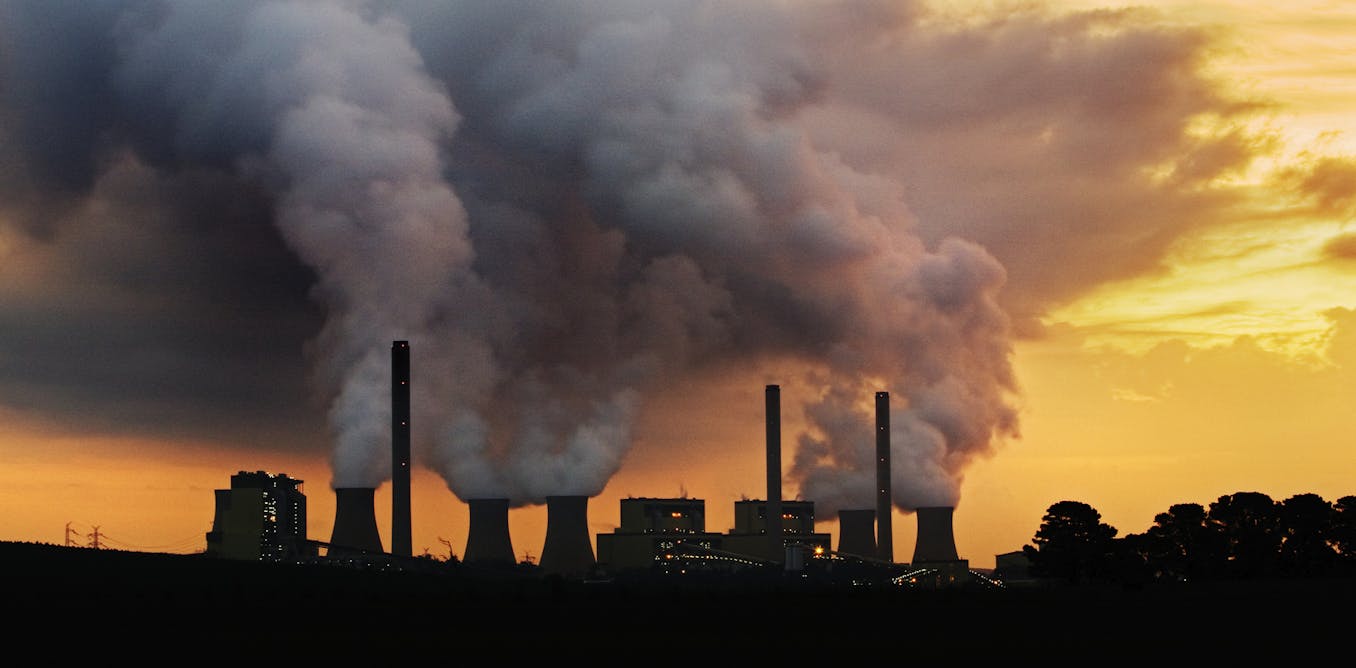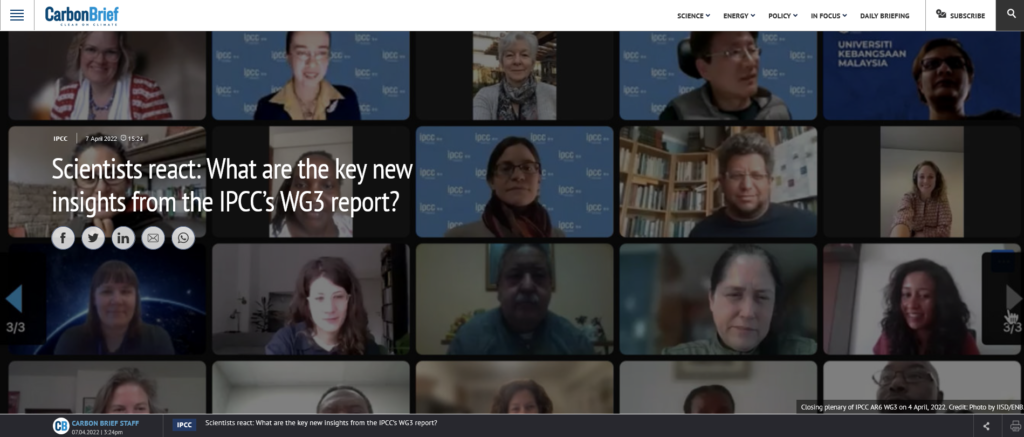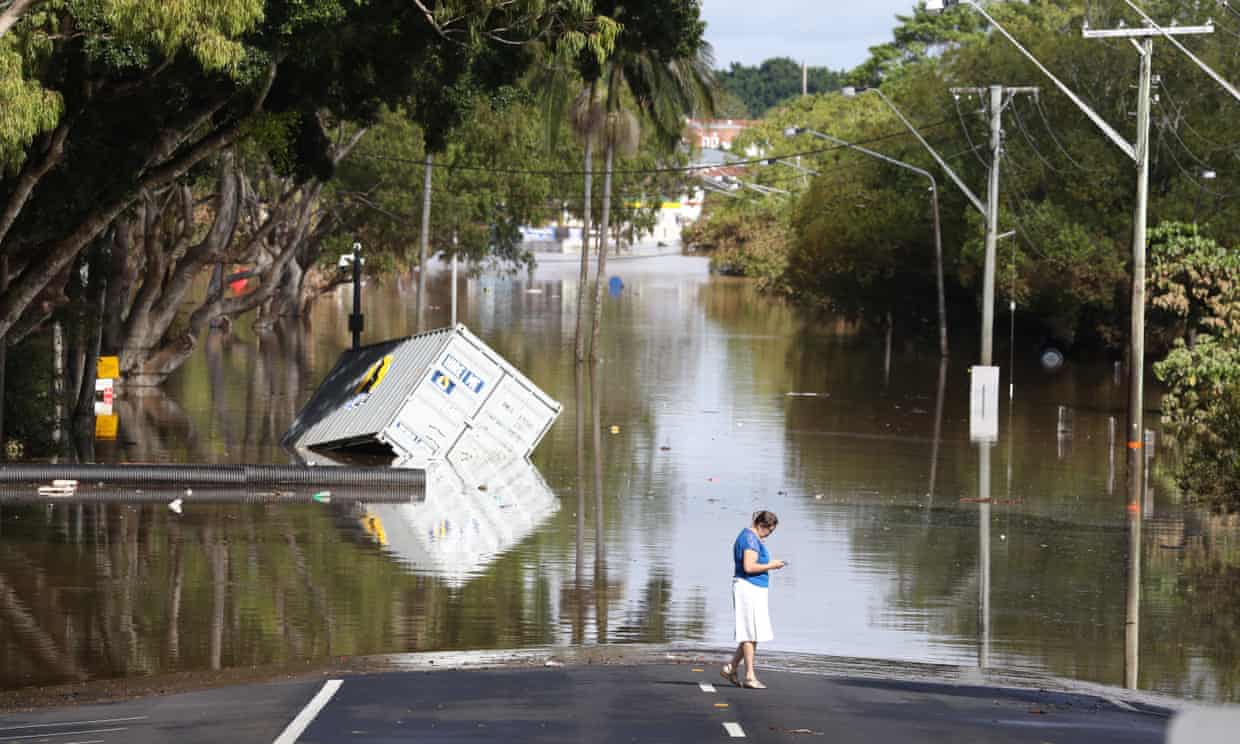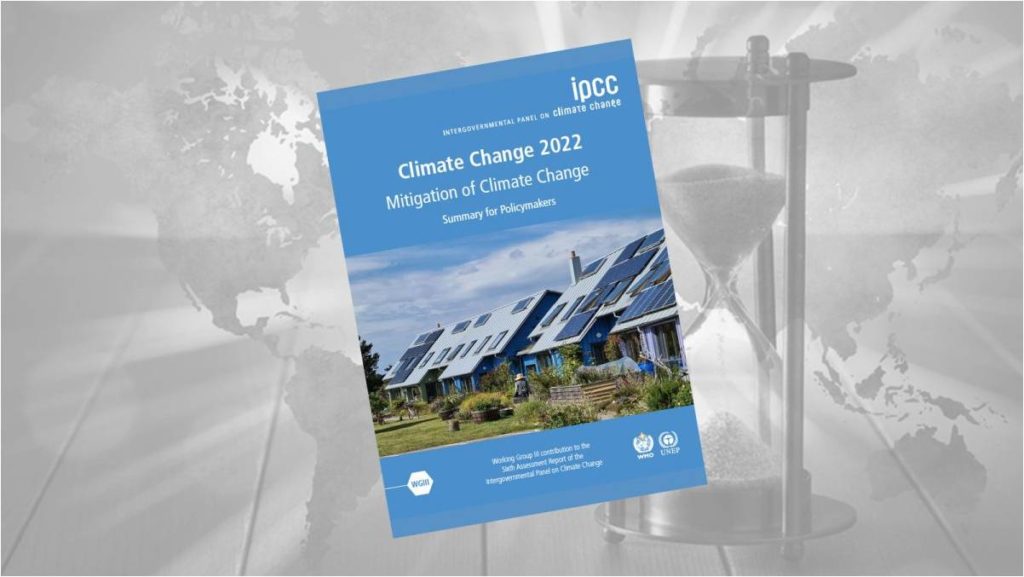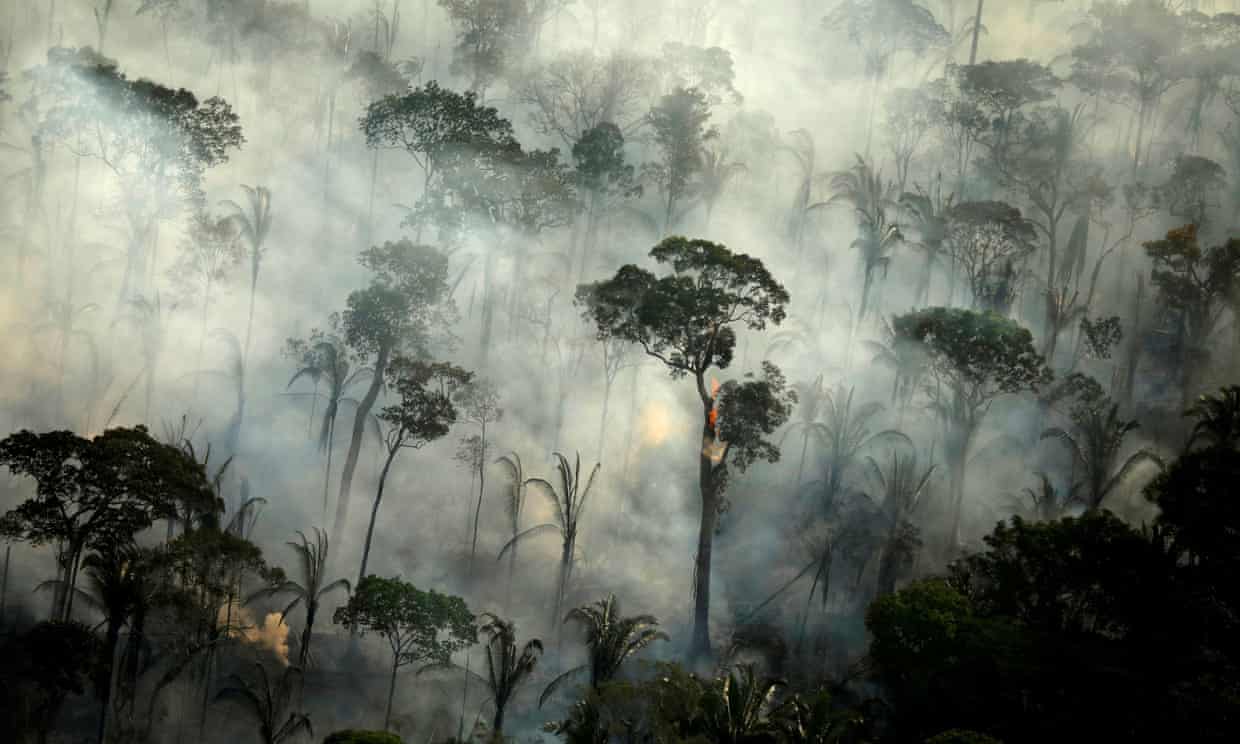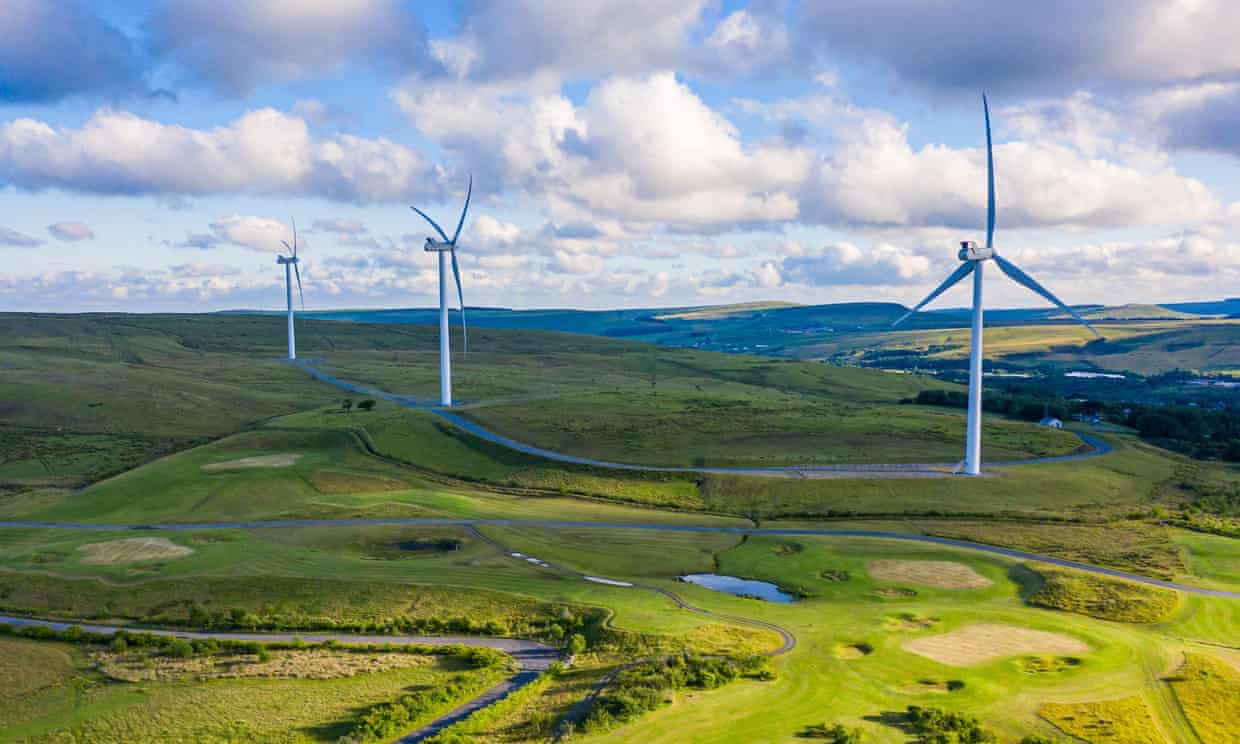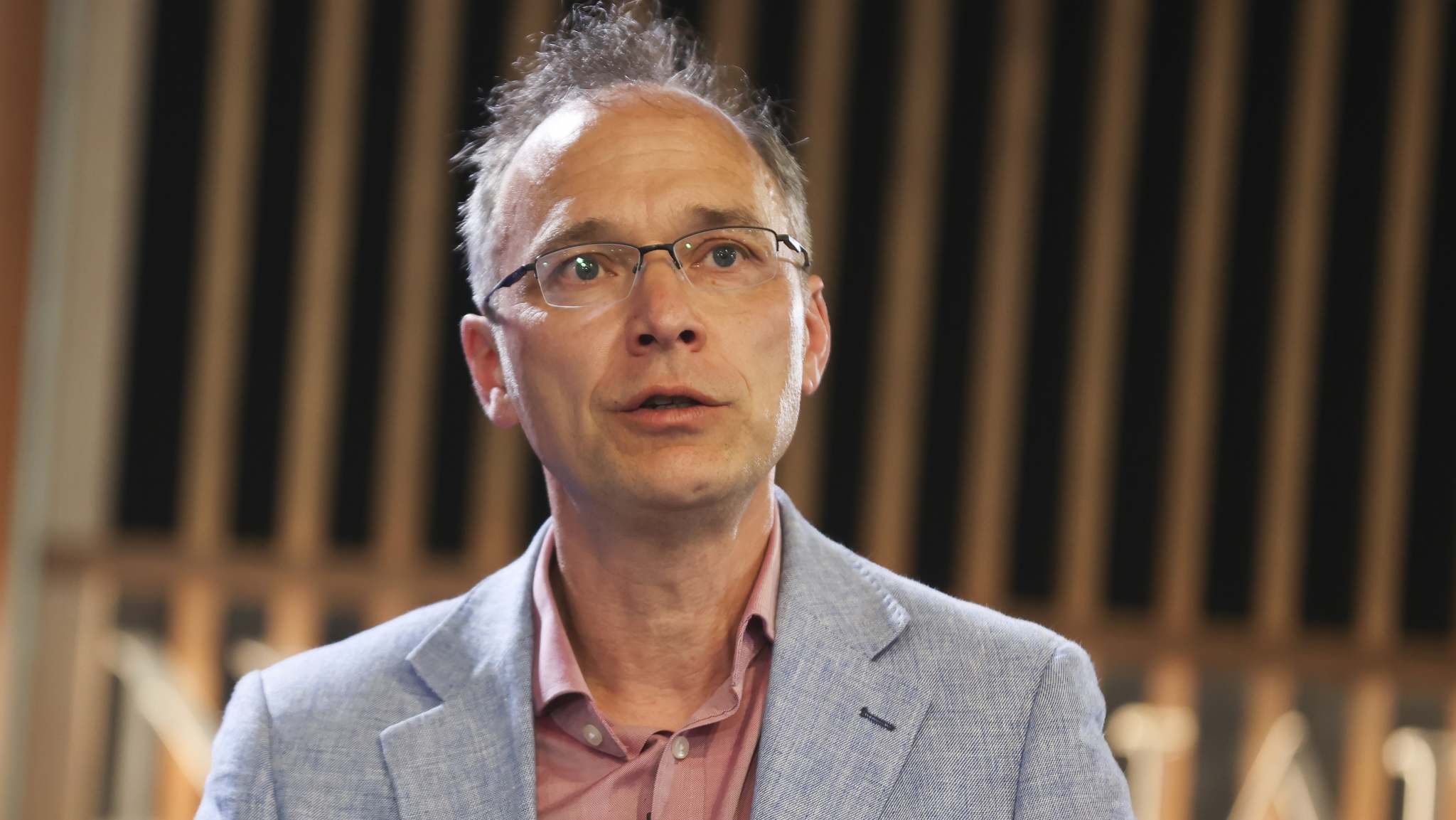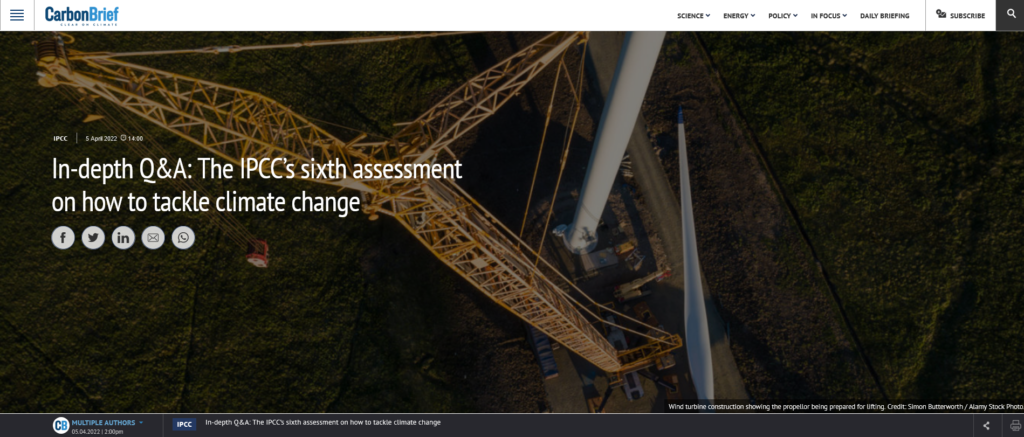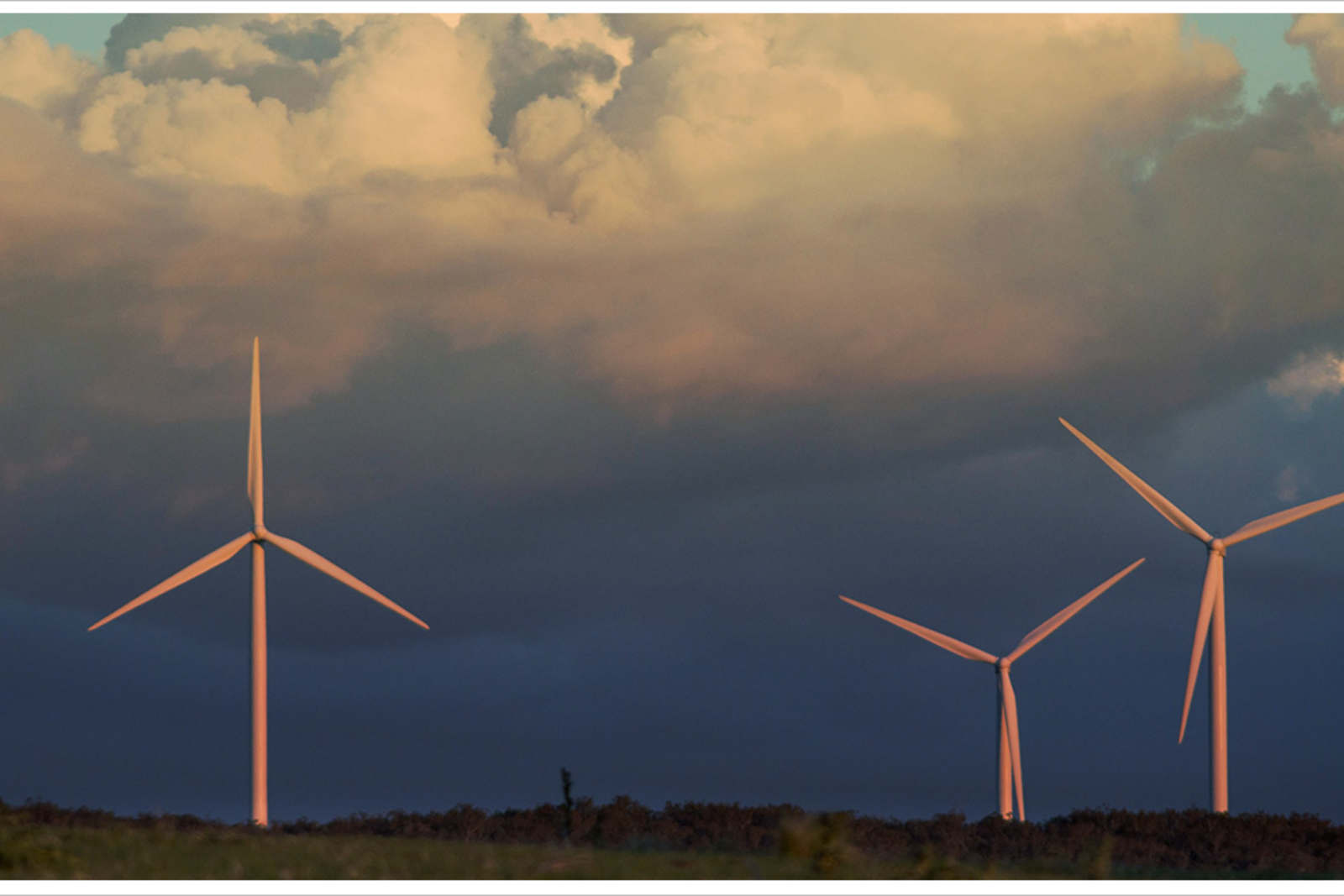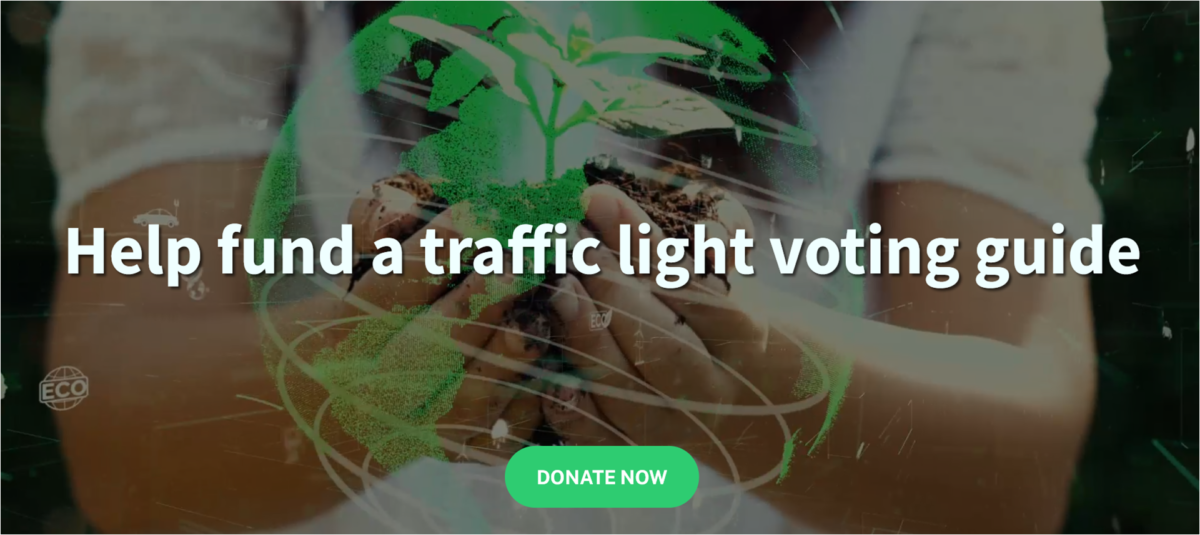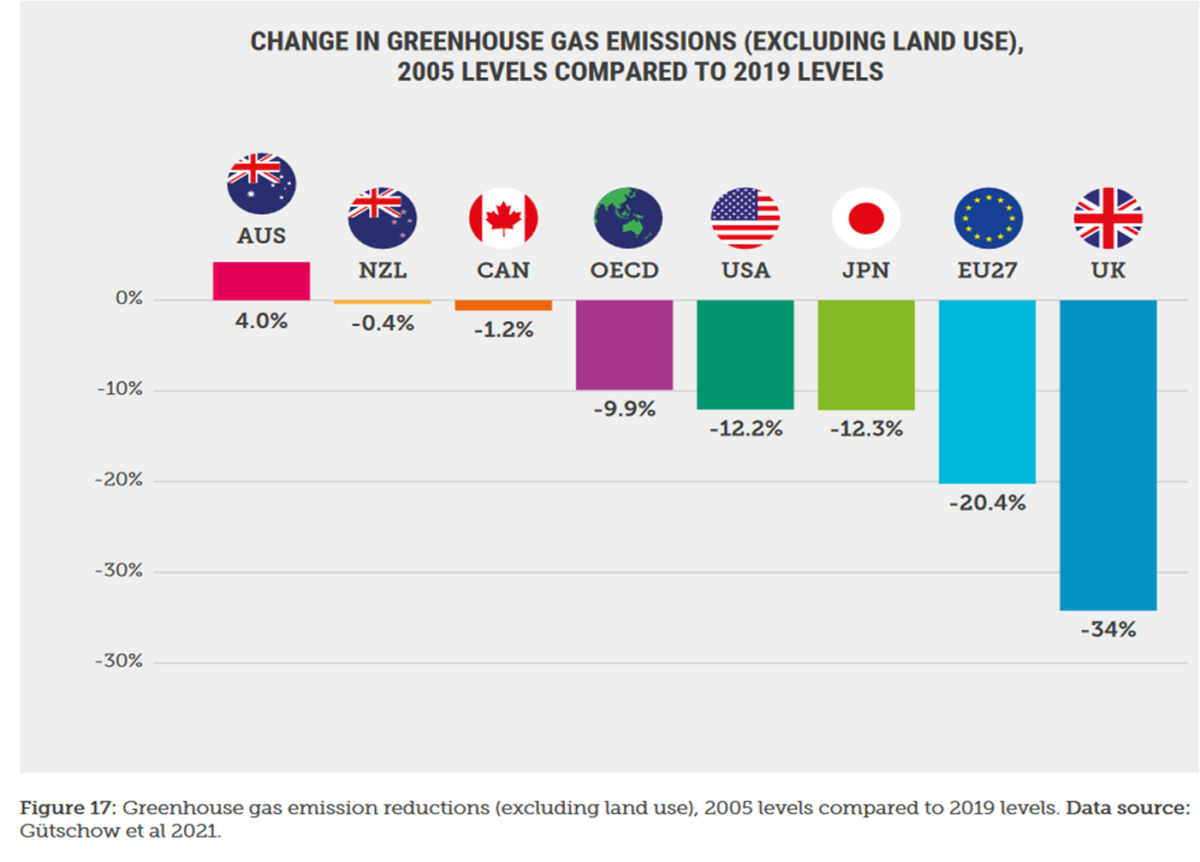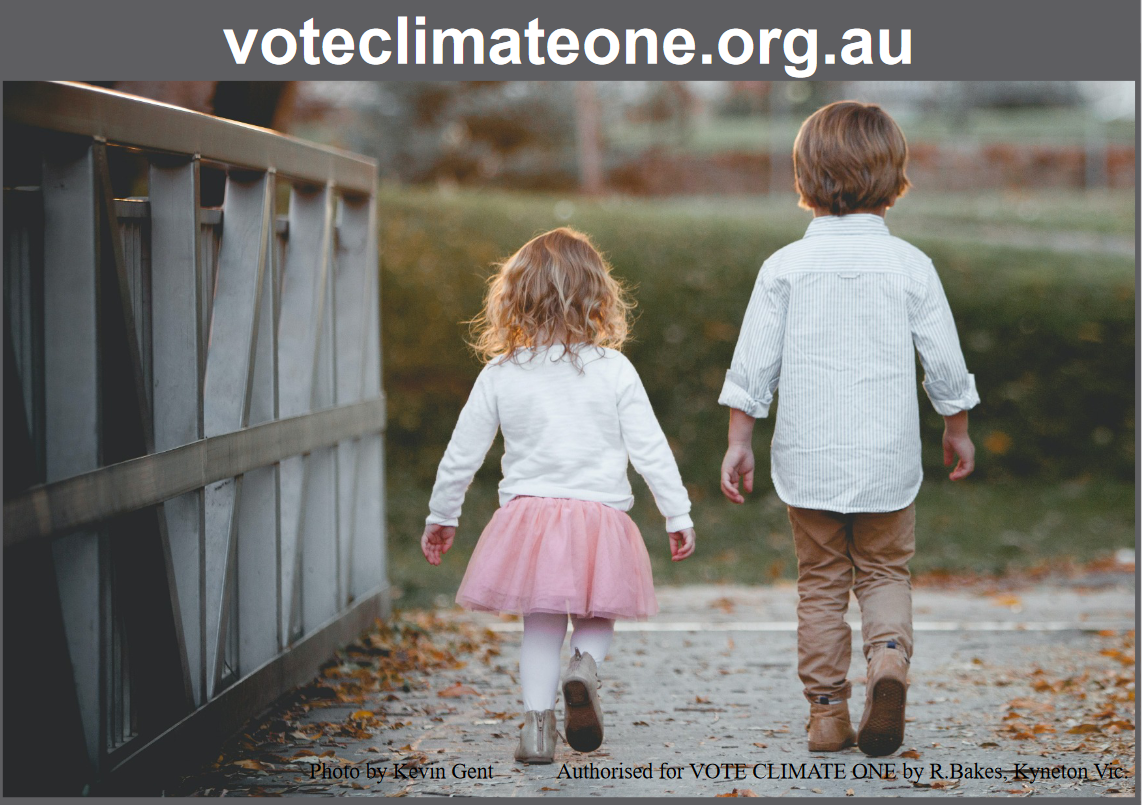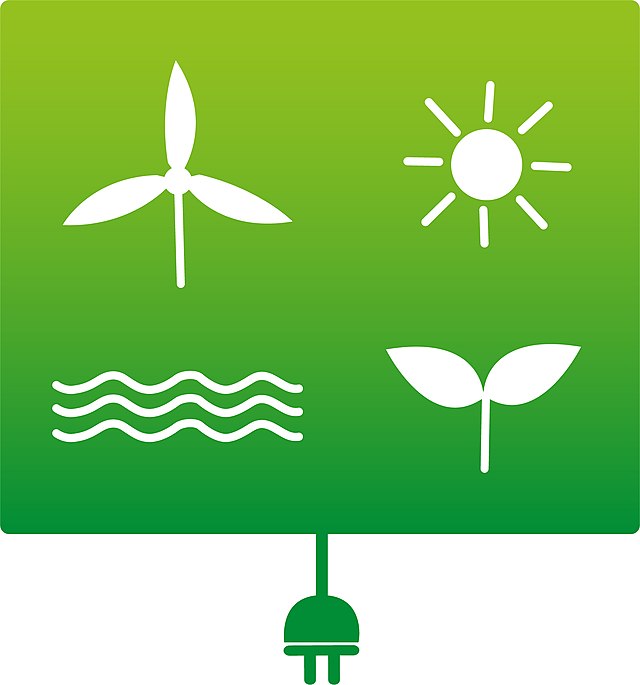Hughes: ‘safe’ COALition seat, interesting contest
Held by science denying, coal loving Lib turncoat funded by Clive Palmer, Craig Kelly, contested by 2 teals, a Green, One Nation and the Libs
by Amy Greenbank, 16/04/2022 in ABC News – Federal Election 2022 – Australia Votes
Liberal candidate for Hughes in a ‘sprint’ against independents and Craig Kelly
Jenny Ware is upbeat as she walks around a picturesque waterfront park in Como, in Sydney’s south.
She’s on a mission to introduce herself to as many people as possible, but knows her time is short.
“Hi, I’m Jenny Ware. I’m the Liberal candidate for Hughes,” she tells a handful of parents and grandparents supervising kids in a bustling playground.
Her reception is mixed, but she’s not daunted.
…
Two pro-climate independents are also running and sense an opportunity.
“I think people are seeing the internal party machinations as a debacle, but I won’t ever be subjected to internal party politics, so it is a bit of a bonus I think,” independent candidate Linda Seymour said.
“After the last 12 years [of Craig Kelly] I think this electorate is ready for change.”
Another independent candidate, Georgia Steele, is hoping to stage a Zali Steggall-style upset and snatch a safe seat.
Read the complete article….
Editor’s comments
This is a very interesting contest to see how a reasonably affluent urban fringe electorate dominated by lower tier professionals and tradies with moderately high level of home ownership and commuting requirements respond to the choice between three fossil-fueled spin merchants given the ‘red light’ by Vote Climate One, three climate emergency realists given the ‘green light’, and an ‘orange light’ Labor nominee with little to offer but the party line.
In Hughes, I doubt that any candidate will achieve an outright majority in the election. Thus, how voters in this electorate manage their preferences may be critically important in determining whether the type of candidate they want is elected. Vote Climate One’s Traffic Light Voting System is designed to help you rank candidates by Traffic Light categories so your intent to vote for a climate friendly government isn’t accidentally lost to a fossil fuel puppet.
There are three red light candidates. As summarized in the featured article, the Liberal candidate, Jenny Ware, suffered a major loss in campaigning time in an epic preselection battle between the Liberal Party federal executive and the local branch that was only settled with a High Court ruling. Ware was nominated to replace the once popular ex-Liberal incumbent, Craig Kelly, who moved to the extreme right and is seeking re-election as ‘leader’ of multi-billionaire coal miner Clive Palmer’s United Australia Party. The third red-light candidate is Narelle Seymour, representing Pauline Hanson’s One Nation Party, is completely unknown to Google or even One Nation’s web site as at 29/04/2022. If this was the USA, I would say Narelle Seymour is probably a bogus candidate whose name was put up to draw votes away from Linda Seymour who is a credible teal independent running for the seat.
The Labor Party, that held the seat for most of its history prior to Kelly’s election as a Liberal, is represented by Riley Campbell, who, as a relative unknown with no obvious qualifications, seems to be nominated as a place holder.
Then there are three green light candidates: ● Peter Thompson – the Green – who grew up on the beaches, waterways and National Parks of the Southerland Shire (similar to my own childhood in Southern California), a science teacher for 24 years, and a strong environmentalist for 20 years; and two teal independents: ● Linda Seymour – Also home grown in the electorate, an environmentalist and high-level professional architect and communicator with experience on a number of major Australian and overseas projects; and ● Georgia Steele, born in Southerland, high school and uni in Canberra, a high-powered corporate lawyer and litigator across 4 continents, ‘obsessed with politics’ from her time in Canberra, and settled down back in Southerland to raise a family.
I quote Georgia Steele’s well expressed reasons for running because these seem typical for most of the ‘teal’ independents I have studied:
A few years ago, I started waking up in the early hours of the morning, worrying. Worrying about my kids. Not about their current lives, but about their future. Worrying that it’s only so long that they will continue to have the same opportunities that I had when I was growing up. That all the driving, coaching, cooking, will all be for nought.
This is because, if something doesn’t change – and fast – the world they’ll be living in in their 40s, will be unrecognisable from the world that we live in now. The waterline of the beautiful Wonnie will be who knows how far up the hill and the Royal National Park will have been so badly hit with bushfires that there will be almost nothing left of it.
What really kills me about this, what keeps me up at night, what frustrates the hell out of me, is that it’s a fixable problem.
Humans have got this. Humans have already invented, manufactured and commercialised all of the technology that we need to get the planet back on track. Remember what it was like to be a world leader at something? [Editor’s emphasis]
In those early morning sleepless hours, I’d ask myself whether I was doing enough. I had banned single-use plastics from the house, I had put solar panels on the roof, I’d bought a hybrid car. I’d even become a vegetarian. But somehow, it really didn’t seem enough.
Then it dawned on me. The problem is a political one. It requires a political solution. I’m a litigator. What great qualifications for being a politician! I can write. I can argue. I can persuade. I can negotiate. I can compromise. I can do that job. And surely that would be doing enough?
So, I said goodbye to the law. I put aside my dream of writing the great Australian novel, and I’ve decided to run for office. Because things need to change, and quickly. In 30 or 40 years’ time, when my kids come to me and say “Mum, how the hell did we let it get this bad?” I’ll genuinely be able to tell them that I did everything I could. With any luck, we won’t have to have that conversation at all.
From Georgia Steele’s Blog, 24/11/2021, Why I’m Running for the Seat of Hughes
Pundits think the seat will return to the Libs. I think otherwise [See post-election note below]
The demographics of Hughes suggests that the electorate is well populated by smart, practical, largely self-made people who are good at thinking for themselves. Such people are not so likely to sheepishly follow either the party-line blather and humbug of the COALition’s fossil fuel puppet brigade or Clive Palmer’s puppet Craig Kelly anti-scientific and anti-climate fairy tales. Any one of the three green light candidates is better qualified and more likely to develop and negotiate rational and effective responses to the growing climate emergency (and many other fraught issues as well) than are any of the other candidates in this electorate.
If voters consider the evidence and THINK before they vote, I have little doubt that the green light trio will gain the majority of first preferences amongst themselves. Whether one of them will win the seat in the end depends on how voters manage their remaining preferences. Vote Climate One’s Traffic Light Voting System and its voting guides are designed to help people rank their preferences in such a way that if a green light candidate is given the first preference, and doesn’t win, the vote will still go to another green light climate friendly candidate as long as any remain in the running. Only if there are no more green or orange light candidates alive can the vote be given to a red light candidate.
Vote Climate One is also providing downloadable blank ballot formats so preferences can be decided at home, so the choices can easily be transferred to the formal ballot paper in the voting booth.
See Climate Sentinel News‘s Corrupt leaders, casual media, gullible believers for a different and sometimes humorous take on how use preferential voting to make the kind of humongous political transition we need to make to cleanse the Parliamentary stable of its many years accumulation of bulldust.
In any event, the IPCC tells us that this election is probably our last chance to change our current puppet government to one that will act in our behalf to resolve or at least mitigate the accelerating climate crisis.
Post election note
The pundits were right – from ABC:
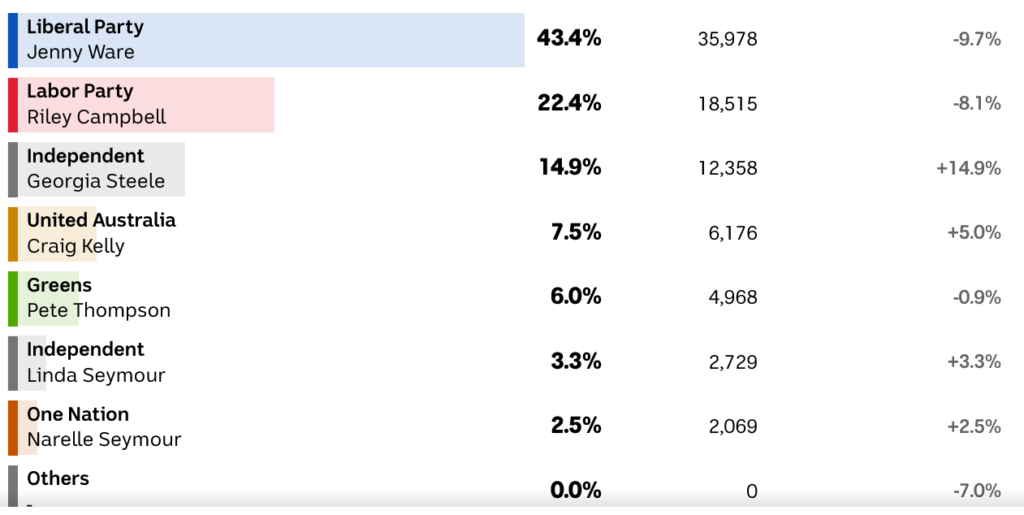
We need to turn away from the the Apocalypse on the road to hothouse hell, and we won’t do this by continuing with business as usual!
It seems to have taken the clear thinking of Greta Thunberg, a 16 year-old girl who concluded school was pointless as long as humans continued their blind ‘business as usual’ rush towards extinction.
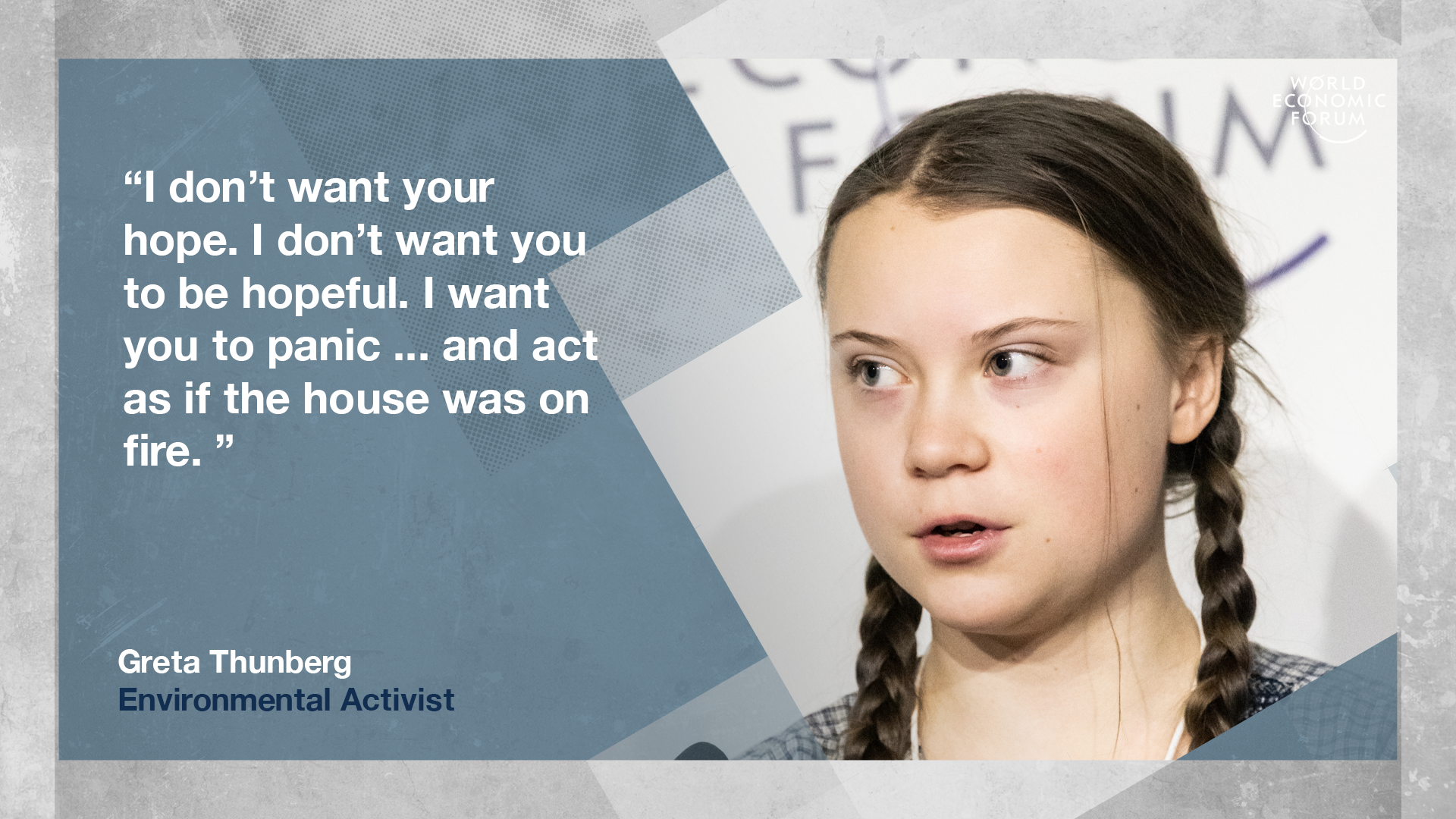
In other words, wake up! smell the smoke! see the grimly frightful reality, and fight the fire that is burning up our only planet so we can give our offspring a hopeful future. This is the only issue that matters. Even the IPCC’s hyperconservative Sixth Assessment Report that looks at climate change’s global and regional impacts on ecosystems, biodiversity, and human communities makes it clear we are headed for an existential climate catastrophe if we don’t stop the warming process.
Scott Morrison and his troop of wooden-headed puppets are doing essentially nothing to organize effective action against the warming. In fact all they doing is rearranging the furniture in the burning house to be incinerated along with anything and everyone we may care about.
In Greta’s words, “even a small child can understand [this]”. Like Georgia Steele, people hope for their children’s futures. Greta doesn’t want your hopium. She wants you to rationally panic enough to wake up, pay attention to reality, and fight the fire…. so our offspring can have some hope for their future.

Featured Image: Boundaries of the Huges Electorate from Vote Climate One’s Hughes Electorate page. Click candidate names for more details.
